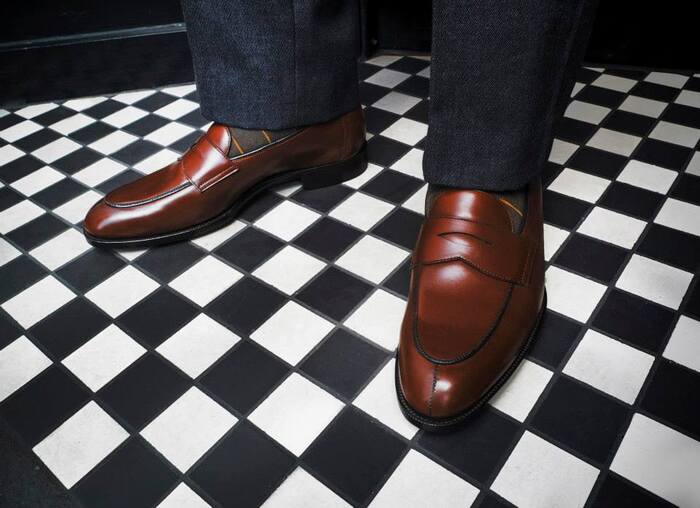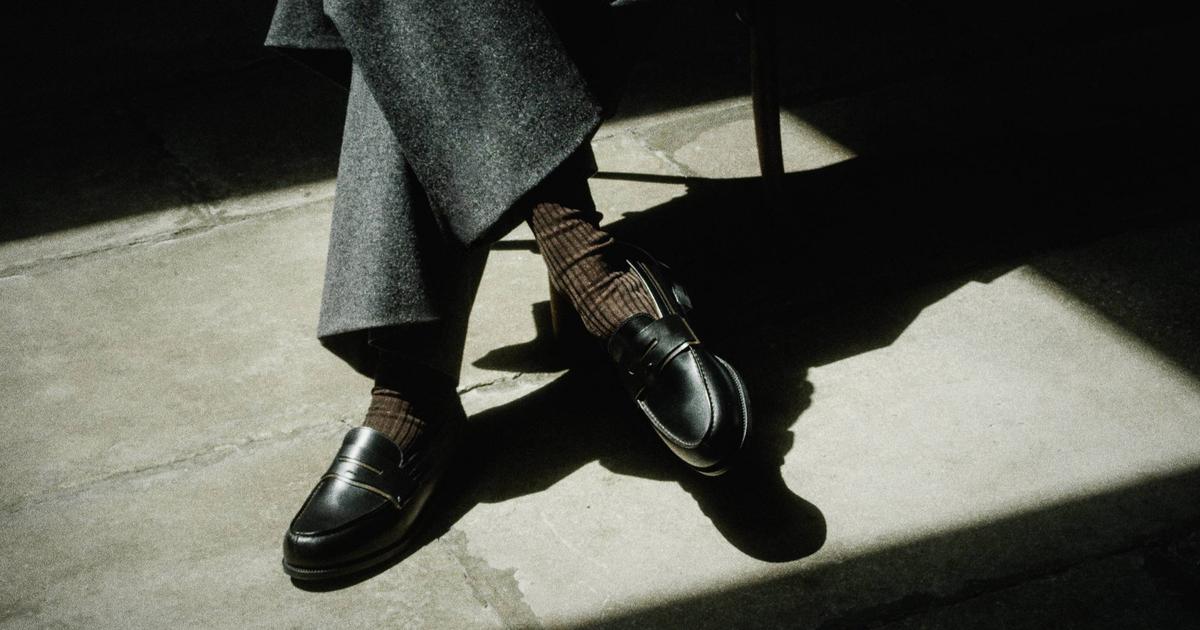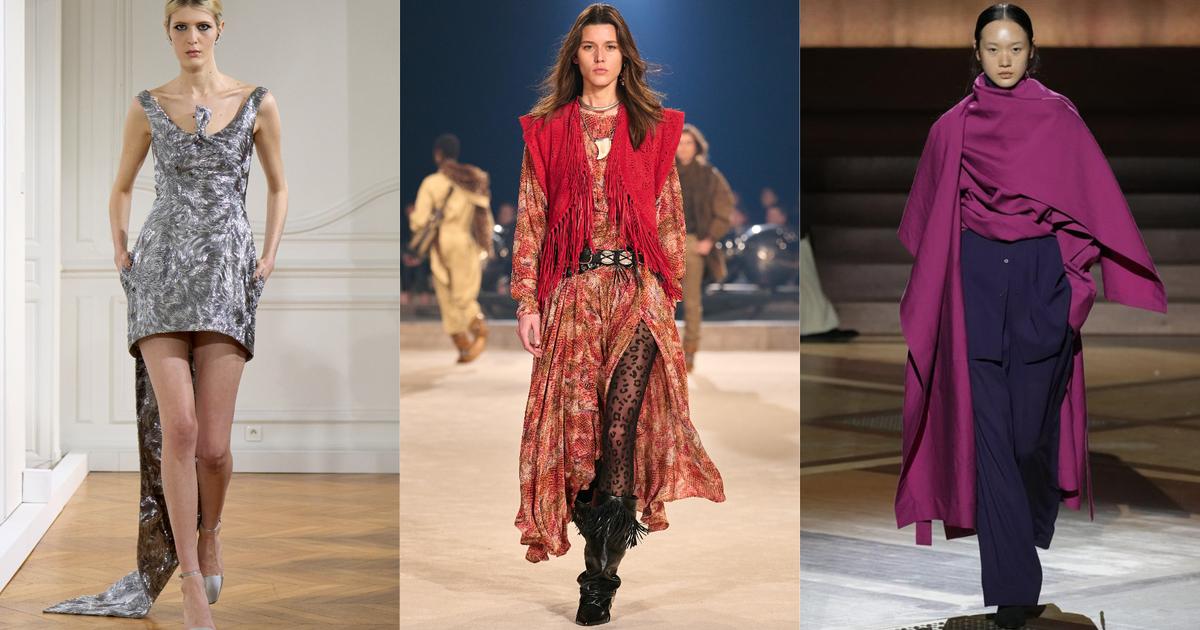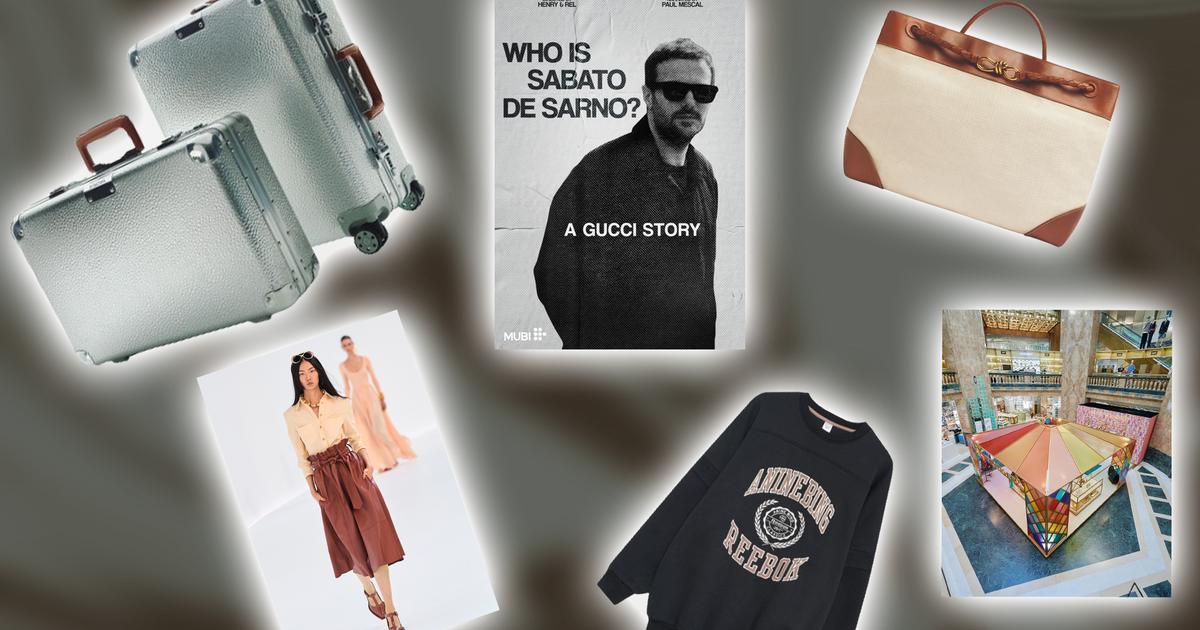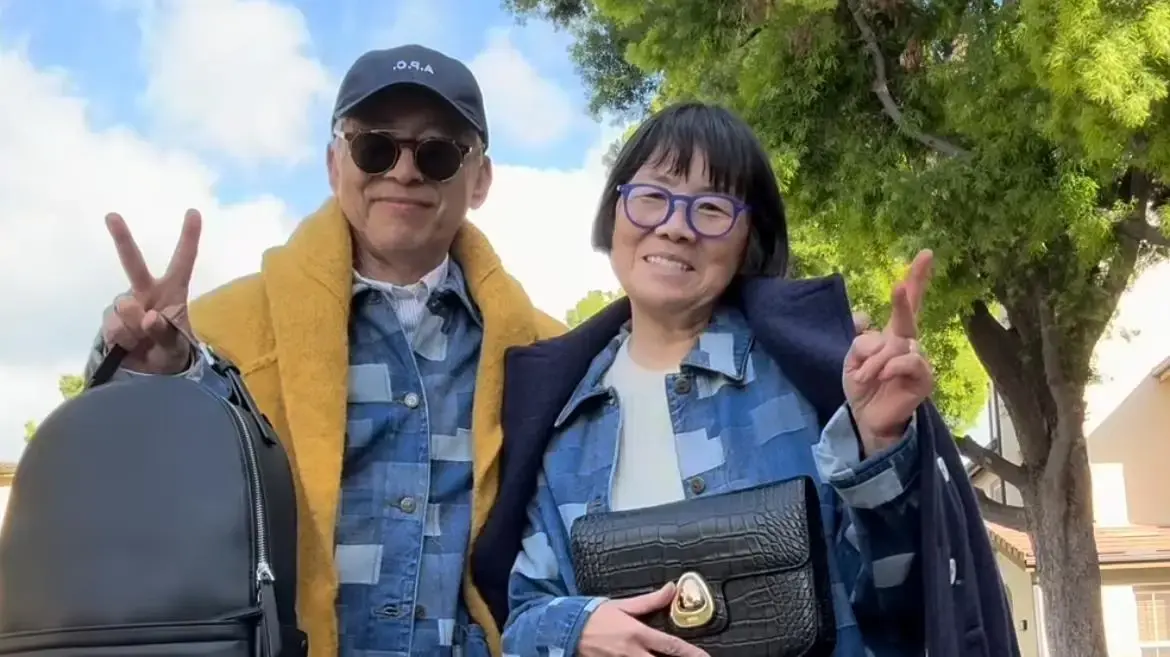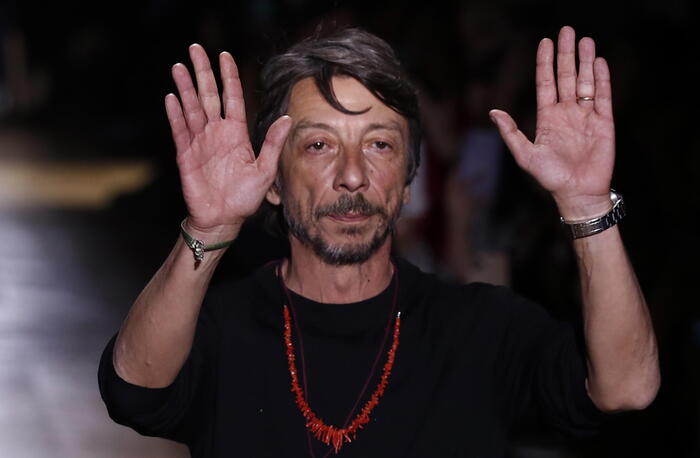Men's clothing is rather immutable, if you compare it with women's clothing, at least according to a classic concept.
It's the accessories that make the difference,
Details
, like the title of the book by Josh Sims translated into Italy for Luxury Books.
Each
of these objects has helped shape contemporary men's fashion.
Biker boots
, for example, owe their stylistic quirks to the reinforced boots that were used by workers and engineers in America's Industrial Revolution long before Marlon Brando and James Dean made them a bulwark of 1950s style.
The cowboy boots
instead, which we know thanks to the numerous American western films that began to have success in the 30s of the last century, today they are perceived mostly as a popular, rococo, vintage art form.
Their function was originally primarily practical: the shape, the heels and the material used were used by men and women to ride easily, without the shoes sinking or slipping off the stirrup.
The origins of the
baseball cap
can be traced back to the hats of the New York Knickerbockers: they even wore them in 1849… and then they were made of straw!
In fact, its "modern birth" dates back to 1958, when the baseball federations established unique stylistic canons for their players: essentially, a rounded and close-fitting crown of thick cotton or wool fabric, made up of six panels sewn together them and on the top of which a button is sewn, known as a "squatchee", and with a wide and curved stitched visor
What about the
bandana
?
The association that binds it to rebellious characters, lone wolves and revolutionaries originated no less than in the eighteenth century when the Calico Acts of 1700 and 1702 had banned imports of cotton fabrics into England and had limited their use, ending thus attributing the mark of the rebel to those who continued to wear it.
John Sims tells the stories behind modern men's accessories: their heritage, their design, the stars who wore them and made them famous, and much more.
It's just the little things in a person's sartorial image that make the difference.
It's the details – or rather the accessories, as the fashion industry prefers to call them – that convey the idea of uniqueness.
A suit, no matter how well cut, will not stand out from any other unless the right tie or pocket square adds temperament;
a classic shirt has nothing exceptional about it, if anything, it is the cufflinks that make it different from the others.
Garments can be considered as a canvas on which a picture is painted with all its details.
Often these are objects that are insignificant in themselves, such as a strip of leather which is nothing more than a
belt
.
However, its importance goes beyond the representation,
a buckle can be worth a thousand words
.
What matters is that the choice is personal.
It is precisely on the concept of personality that a decisive game is played
: accessories, used in one way rather than another, help to express a man.
Frank Sinatra, for example, stated that the angle of inclination of a fedora denotes the attitude of the wearer;
Fred Astaire sometimes used a tie instead of a belt, while the Duke of Windsor invented his own way of tying the tie.
And then again from watches to pocket handkerchiefs, passing through underwear and very useful accessories such as the fountain pen, sunglasses and umbrella.
From the book Details by John Sims (Luxury Books) here is an excerpt from the chapter on shoes, dedicated to loafers:
In 1987 Canadian Prime Minister Brian Mulroney found himself facing what the newspapers dubbed the "Gucci-gate".
It wasn't a case of bribery, but the mere fact that Mulroney owned something like 50 pairs of Gucci loafers was enough to brand him a politician who had completely lost touch with the average voter.
At that time, Gucci moccasins had been a symbol of success or an object of desire for over 30 years.
In 1953, at the time of the opening of its first American branch
, the leather company Gucci realized that loafers were hugely popular in the United States and therefore decided to create their own, more Italian-style version.
He made them more tapered, with an almond-shaped tip.
On the upper he added a horsebit, a clear reference to the origins of the company, which was born as a saddlery, and made them in fine calfskin.
But the winning choice was probably to offer them in black.
Until then, the loafers available on the market were mostly brown in color and in an era in which office clothing still required the combination with black shoes, this made them the casual shoes par excellence.
Gucci reinvented the loafers
transforming them into formal and elegant shoes, an image that was further consolidated when stars of the caliber of Fred Astaire and Clark Gable began to wear them.
In 1985 the loafers landed in the permanent collection of the Costume Institute of the Metropolitan Museum of Art in New York
.
Obviously, the Gucci house was not the first company to establish the popularity of loafers.
This credit probably goes to Raymond Lewis Wildsmith, of
Wildsmith Shoes in London
, to whom in 1926 King George VI commissioned the creation of comfortable shoes without laces to be worn in his country residence.
Wildsmith complied with the indications received, effectively creating the first model of men's shoe without laces, which subsequently became part of his collection under the name of 582, then renamed Model 98.
The baseball cap
: known as the "Chicago model ”, flat-topped, low and straight cut, sometimes with horizontal circular patterns.
This model didn't spread much, but was used by the
Philadelphia Athletics
, which attributed to him a long series of sporting successes obtained between 1909 and 1914. For about ten years, starting from 1976, the baseball cap was then also the lucky hat of the Pittsburgh Pirates.
Some teams liked to introduce custom modifications, such as two-tone panels or drawstrings, as a distinguishing feature.
Others, such as the New York Yankees, the Boston Red Sox and the St. Louis Cardinals, have instead kept their caps almost unchanged, which thus ended up becoming authentic classics.
Only minor variations to the basic design of the baseball cap actually caught on over the course of the 20th century.
In 1901, the Detroit Tigers were the first to use the front of their baseball cap as their team emblem, an orange tiger;
this idea was later taken up by institutions,
companies and advertisers of all sorts, but not by the St. Louis Browns, who until 1945 shunned any kind of logo.
In 1903, partly in an effort to make its baseball caps appear to be of a higher quality, the sporting goods company Spalding introduced a peaked cap, the so-called "Philadelphia model", which was very successful and defined the new standard.
In the 1940s, the use of rigid canvas for the production of visors was progressively abandoned in favor of latex rubber, which meant the possibility of making longer visors.
The cap was also meant to grow in height.
The manufacturer New Era from New York, supplier of major league baseball teams since 1934, launched the 59Fifty model on the market in 1954,
essentially a standard cap but with a higher and stiffer crown, which was later made of breathable acrylic material.
This would later become the official model adopted by the professional league.
When the dress code became less formal in the 1960s, baseball fans began to wear the cap of their favorite team when they went to the stadium: it was the first step towards the entry of the baseball cap into the dominant trend in men's fashion.
Wearing a certain cap was a manifestation of loyalty not only to a team, but also to one's city and community.

